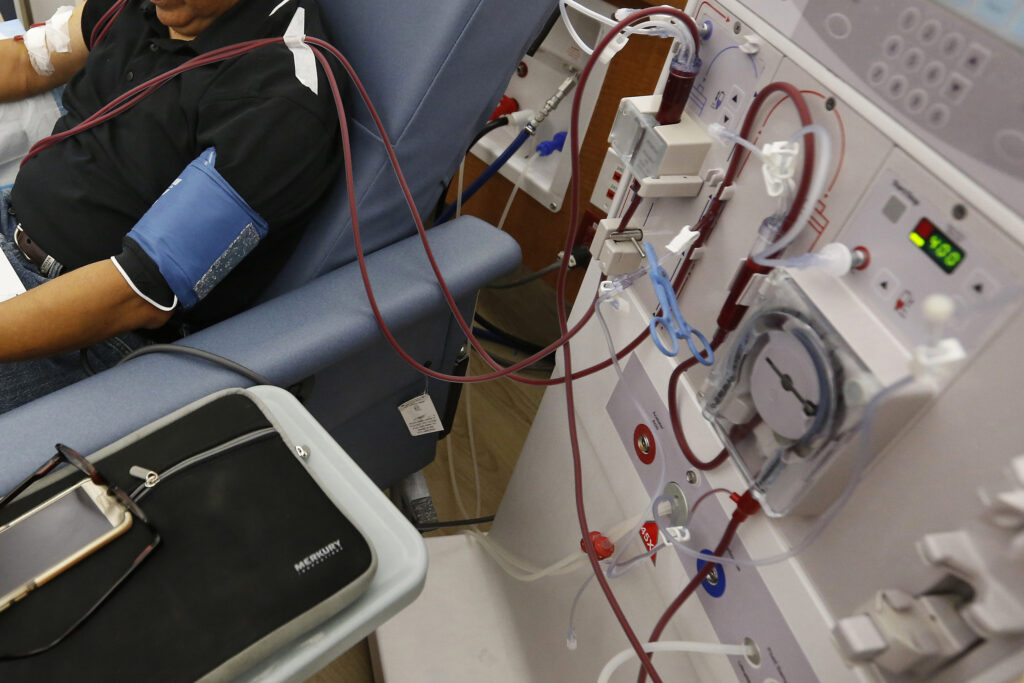My Blog

Key Issues Raised: What it Means to Public Health Funding
California’s Proposition 29 raised key issues that are critical for public health funding. These include:
- All money raised from Proposition 29 should be used in California.
- 60% (about $441 million yearly would be used for cancer and tobacco-related disease research to offer grants and loans in supporting research for “prevention, early detection, treatments, complementary treatments and potential cures of lung cancer and other types of cancer, cardiovascular disease, emphysema and other tobacco-related diseases, including but not limited to coronary heart disease, and chronic obstructive lung disease.”
- An annual fee of $110 million (about 15%) would be used to give loans and grants to enhance equipment and facilities for furthering biomedical, health, and epidemiological services to enhance the prevention, treatment, and rehabilitation of cancer and cardiovascular disease patients resulting from tobacco use.
- $147 million annual fee, which is about 20% to be used in the state tobacco cessation and prevention program. 80% of these funds would go to the California Department of Public Health while 20% to the California Department of Education for reducing and preventing tobacco use programs and initiatives.
- An annual fee of $22 million, which is about 3% would go to tobacco law enforcement. The money would be used to strengthen law enforcement by preventing tobacco smuggling, counterfeit tobacco products, cigarette smuggling, tax evasion, and minimizing illegal tobacco products, and providing technical assistance and law enforcement training for tobacco-related activities.
- On a yearly basis, $15 million, which is about 2% would be used for administrative purposes on tobacco-related activities in California.
Another study suggests that Prop 29 would have not only saved lives, invested in cancer research, and protected kids, but also saved over %80 million spent on healthcare costs in five years. It could also have saved over $5 billion in the long term through the reduction in young and adult smoking.
Moreover, 12,000 new jobs could have been created in research and California would benefit from $1.9 billion in new economic activities. The $800 million that is always taken out of the state to tobacco companies would be channeled back into the economy to improve California’s economy.
Heather Gonzales
0